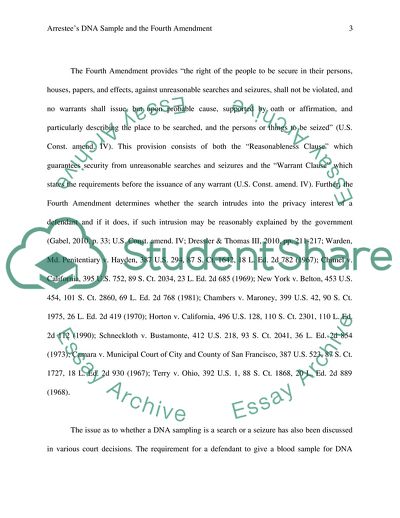Cite this document
(Arrestees DNA Sample and the Fourth Amendment Case Study, n.d.)
Arrestees DNA Sample and the Fourth Amendment Case Study. Retrieved from https://studentshare.org/law/1799599-a-pending-case-supreme-court
Arrestees DNA Sample and the Fourth Amendment Case Study. Retrieved from https://studentshare.org/law/1799599-a-pending-case-supreme-court
(Arrestees DNA Sample and the Fourth Amendment Case Study)
Arrestees DNA Sample and the Fourth Amendment Case Study. https://studentshare.org/law/1799599-a-pending-case-supreme-court.
Arrestees DNA Sample and the Fourth Amendment Case Study. https://studentshare.org/law/1799599-a-pending-case-supreme-court.
“Arrestees DNA Sample and the Fourth Amendment Case Study”, n.d. https://studentshare.org/law/1799599-a-pending-case-supreme-court.


